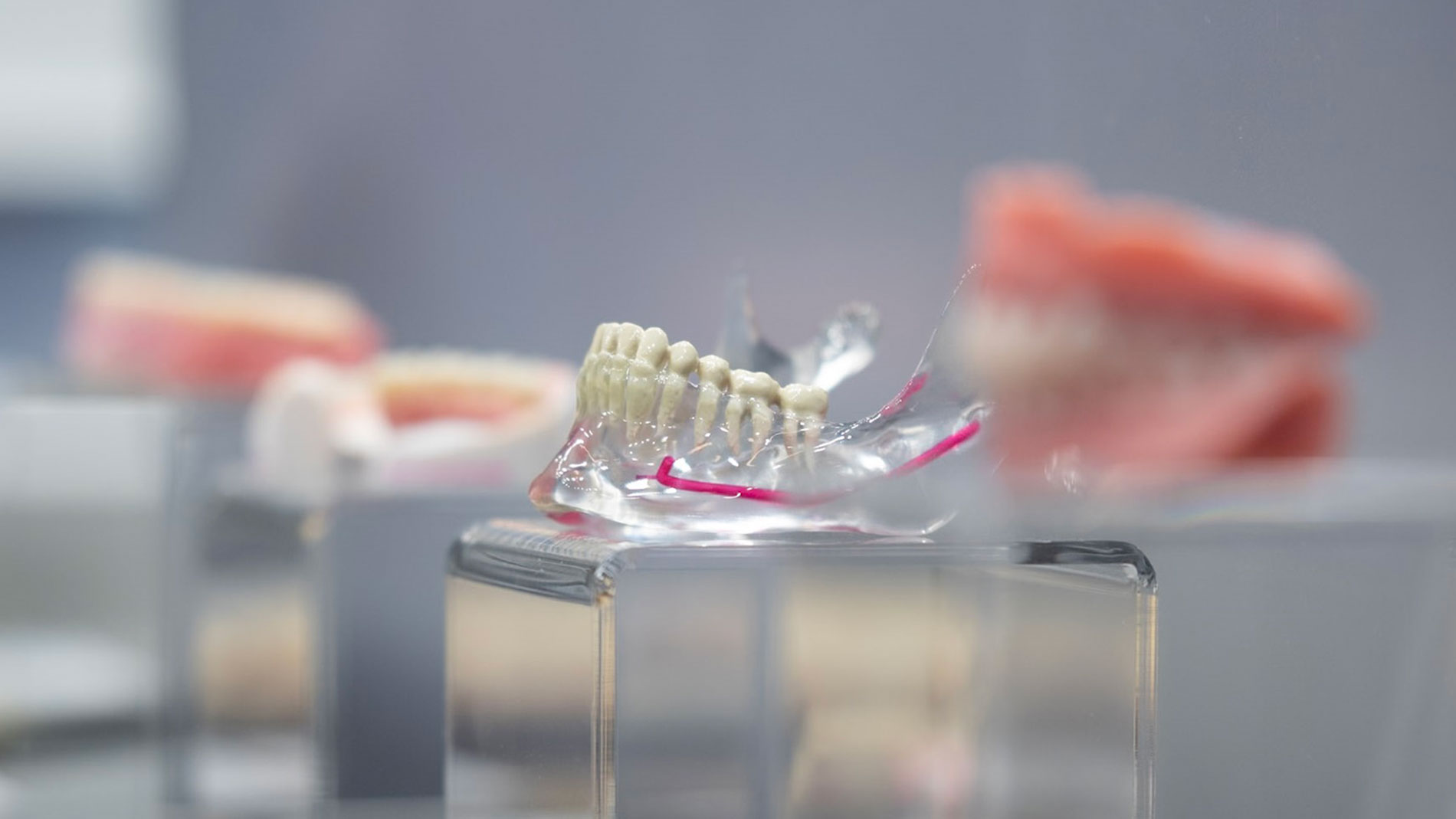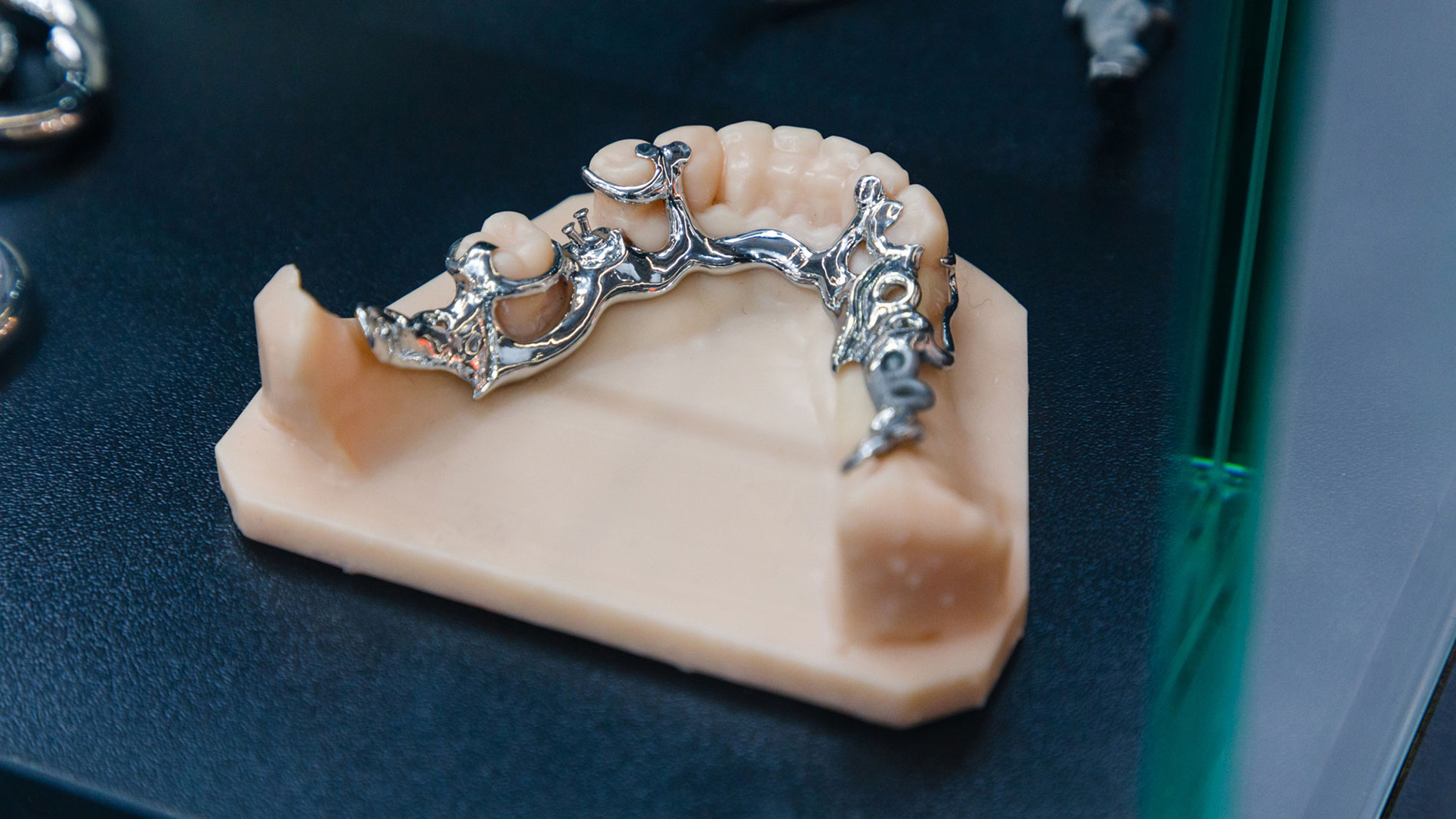Text: Ankush Venkatesh, Glidewell Dental, 6 December 2024
Decentralized Additive Manufacturing offers unique perspectives for the medical and dental industry
Usually defined as spreading out manufacturing closer to where parts are needed, distributed manufacturing is often thrown around as a buzzword or a panacea to supply chain resilience, spare parts on-demand, among other fantastical claims of additive manufacturing's (AM) potential value. These claims overlook the intense care and effort it takes to establish a reliable centralized manufacturing operation, let alone decentralizing any of it.

However, the clear exceptions to this critical outlook are the medical and dental industries. It sounds counterintuitive, given the regulated nature of these industries and their critical applications. But the value-propositions are numerous and multidimensional, ranging from patient education, staff communication, training, to improving patient outcomes, clinician efficiency, and more.
While we are a few years away from widespread 3D printing of organs that are directly placed in patients, there has been much progress in the adoption of digital imaging and fabrication technologies at or near the point-of-care. According to Belgian software giant Materialise (NASDAQ: MTLS) in 2019, more than 110 hospitals in North America had 3D printing facilities utilizing the Mimics software suite that helps visualize, design, and print parts. A great advantage for improving surgical planning, for example, was demonstrated in a study published in 2023: 50 surgeons were given a customized 3D-printed anatomical model produced on a Stratasys J750 Polyjet a few days before an operation. They were also asked to evaluate its usefulness. The result: 94% saw the 3D-printed model as a valuable tool and 78% stated that it increased the efficiency of the surgical procedure. This kind of collaboration between OEMs and healthcare industry has been a growing trend over the last few years include names such as Formlabs and Mimaki.
The dental industry is arguably leading the charge on this front of 3D printing at point-of-care, often dubbed "Chairside Printing." Reducing patient time at the clinic can not only save the dentist and the patient money, but also reduce the number of visits a patient has to make. This provides a perfect opportunity to leverage the value of distributing additive. According to a survey by the American Dental Association (ADA) in 2023 (https://doi.org/10.1016/j.adaj.2023.02.004), 68% of dentists using 3D printers reported improved efficiency and 44% reported reduced costs.
62% of dentist users reporting diagnostic models as the most frequent use of 3D printers. 50% also indicated bite splints and occlusal appliances (such as nightguards to ease grinding of teeth), and 36% indicated temporary crowns and bridges (multiple consecutive crowns printed as a single part). Both these categories represent end-use appliances that are actually placed in the patient's mouth. Overall, around half of dentists who use AM stated that they 3D print more than 25 percent of all the devices they need each month.

Yet, there is much work to be done. Only 17% of responding dentists had a 3D printer in their practice. But these early adopters have demonstrated the advantages of decentralizing AM when it makes sense: both to medical practitioners and to patients alike. Word is also getting around in the dental industry: 35% of dentists without printers are considering getting trained in 3D printing technologies, and this trend will be bolstered by the young and tech-savvy generation of incoming dentists.
Often, but not always, these chairside printed appliances are made using comparable materials to those used in dental manufacturing labs. Further advancements in materials with broader portfolios of certified and proven materials will unlock far higher volumes of parts that can be made and placed at the dentist's office.
The accessibility of digital imaging tools, such as intraoral scanners, combined with digital fabrication tools will continue to drive the adoption of AM in the world of dentistry.
Tags
- Dental technology


